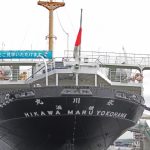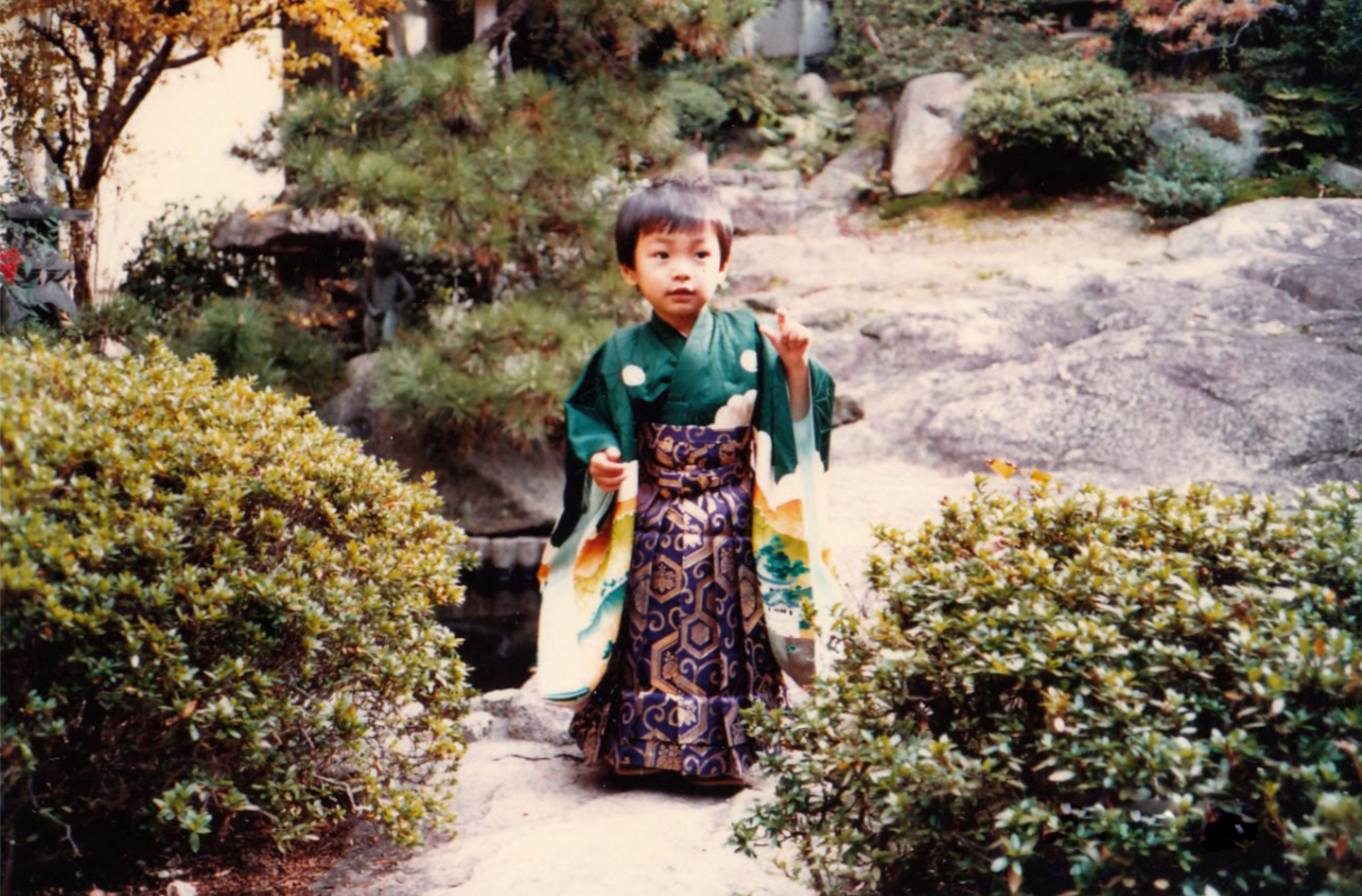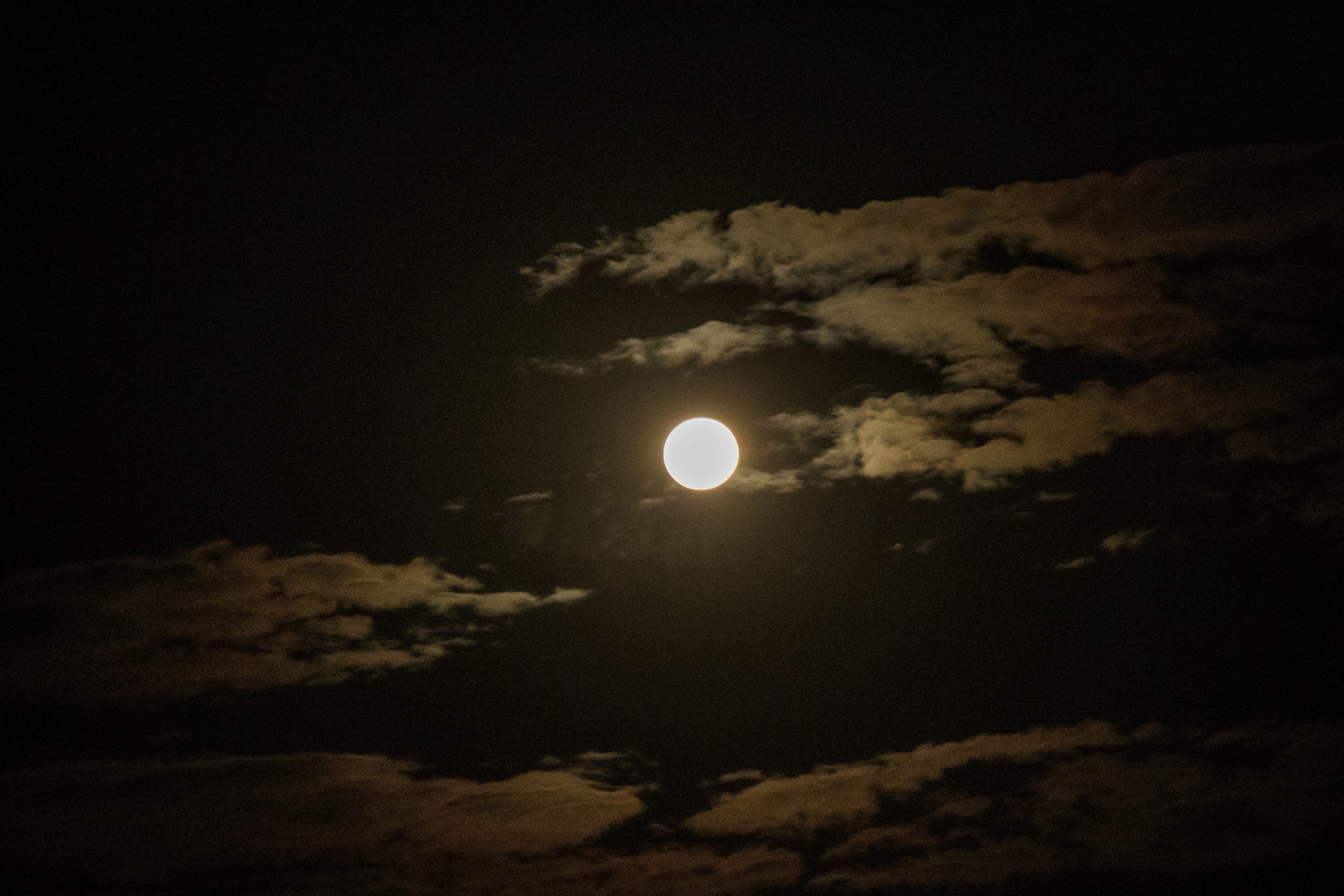Why do Japanese ships have “maru” affixed to their names? (1)
The Maru Ship: Japanese ship names often end with “maru”
日本語は英文の下にございます。/ Japanese translation will be below the English text.
This is the first of the five posts on: Why do Japanese ships have “maru” affixed to their names?
(1) Japanese Ship Names Often End With “Maru”
=> (2) “Maru” is a Symbol of Perfection
=> (3) “Maru” in the Names of Other Things
=> (4) How to Fend Off Your Baby From Demons
=> (5) Modern Japanese Ship Names and “Maru”
THE MARU SHIP: JAPANESE SHIP NAMES OFTEN END WITH "MARU" Contents 1. Japanese ships have names with "maru" on the end 2. What does "maru" mean?
1) Japanese ships have names with “maru” in the end
The photo is a Japanese cruise ship named “Kaiwomaru”.
“Kaiwo” means “Sea King”, and “Maru” means a circle.
Did you know that, likewise, the names of a number of Japanese ships have the word “maru” on the end?
The presence of “maru” in Japanese ship names is well-known outside Japan, too. Some even call Japanese ships “Maru Ships” referring to the common suffix.
When you have an opportunity to visit a port in Japan, take a look at the ship names.
You will recognize “maru” easily in Romanization, and if it’s written in all Japanese, look for the Chinese character “丸” on the end. That is the character we pronounce “maru”.
Here are some examples (usually there is no hyphen before “maru”):

- Konpira-maru (“Konpira” is a god known as a protector of sailors)
- Kanrin-maru (“Kanrin” means harmonious mingling of a lord and his subjects. This was the first ship which crossed the Pacific Ocean and sailed to San Francisco at the end of the Edo Era.)
- Kachidoki-maru (“Kachidoki” means shout of victory)
- Sarubia-maru (Salvia is a flower name)
- Iroha-maru (“I-ro-ha” are the first three characters of hiragana people used to learn, an equivalent of “ABC” of English alphabet)
- Asahi-maru (“Asahi” means the morning sun)
- Riodejanero-maru (“Rio De Janeiro”), etc, etc…
2) What does “maru” mean?
The practice of adding “maru” to a ship name has been around for centuries. An older example: Ninna-ji (a temple in Kyoto) keeps a document written in 1187 which refers to a ship called Bandoh-maru that they owned at that time.
But what does this “maru” exactly mean? The first meaning we think of is “a circle”.
Then why is it affixed to ship names? And why did the practice last for a such long time?
These questions have been the subject of research since the Edo Era (1603-1868), and there is no proven or established explanation for it.
However, it’s fun to compare different theories and just wonder, too. So, we would like to share them with you.
★ Please continue reading: => ”Maru” Is A Symbol of Perfection
[End of the English post]
なぜ日本の船名には「まる」が付くのか?(1)
「マル・シップ」〜日本の船名の末尾に「まる」がついていること〜
もくじ 1. 日本の船名の末尾には「まる」が多い 2. 「まる」とは何か
1. 日本の船名の末尾には「まる」が多い
写真は「海王丸」という日本の船です。
「海王」は海の王様、「丸」は円形のこと。
日本の船には、船名の末尾に「まる」という言葉がついていることが多いのを知っていますか?
この「まる」については国外でも知られていて、日本船は「マル・シップ」呼ばれることもあります。
日本の港を訪ねる機会があったら、船の名前を見てみてください。
ローマ字で「maru」と書いてあればすぐわかるし、日本語だったら「丸」という漢字を探してください。これを「まる」と読むのです。
船名の例をいくつか挙げます。
・金毘羅丸(金毘羅様は船乗りの守護神)
・咸臨丸(咸臨は、主君の親しい交わりのこと。この船は江戸時代末期に初めて太平洋を横断してサンフランシスコへ行った)
・勝鬨丸(かちどきは戦いの勝者の叫び)
・サルビア丸(サルビアは花の名)
・いろは丸(「い」「ろ」「は」は英語のA、B、Cのように、日本語を習う時の最初の三つの文字)
・朝日丸
・リオデジャネロ丸(リオ・デ・ジャネイロ)
2. 「まる」とは何か
「まる」を船名に加えることは、何世紀も続く慣習です。ある古い例では、京都の仁和寺には1187に坂東丸という船を所有していた、とする書類があります。
でも、「まる」とは何を意味するのでしょうか。私たちが最初に思い浮かべるのは、円のかたちです。
では、なぜそれが船の名前についているのでしょうか。そして、なぜこの慣習がこんなに長く続いたのでしょうか。
この疑問は、江戸時代からの研究の対象で、今でも答えは出ていません。
でも、違った考えを比べてみるのも楽しいものですから、貴方と一緒に見て回ってみたいと思います。
★ 続きはこちら => 「まる」は完全の象徴
[和文部終わり]






